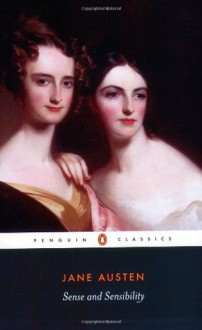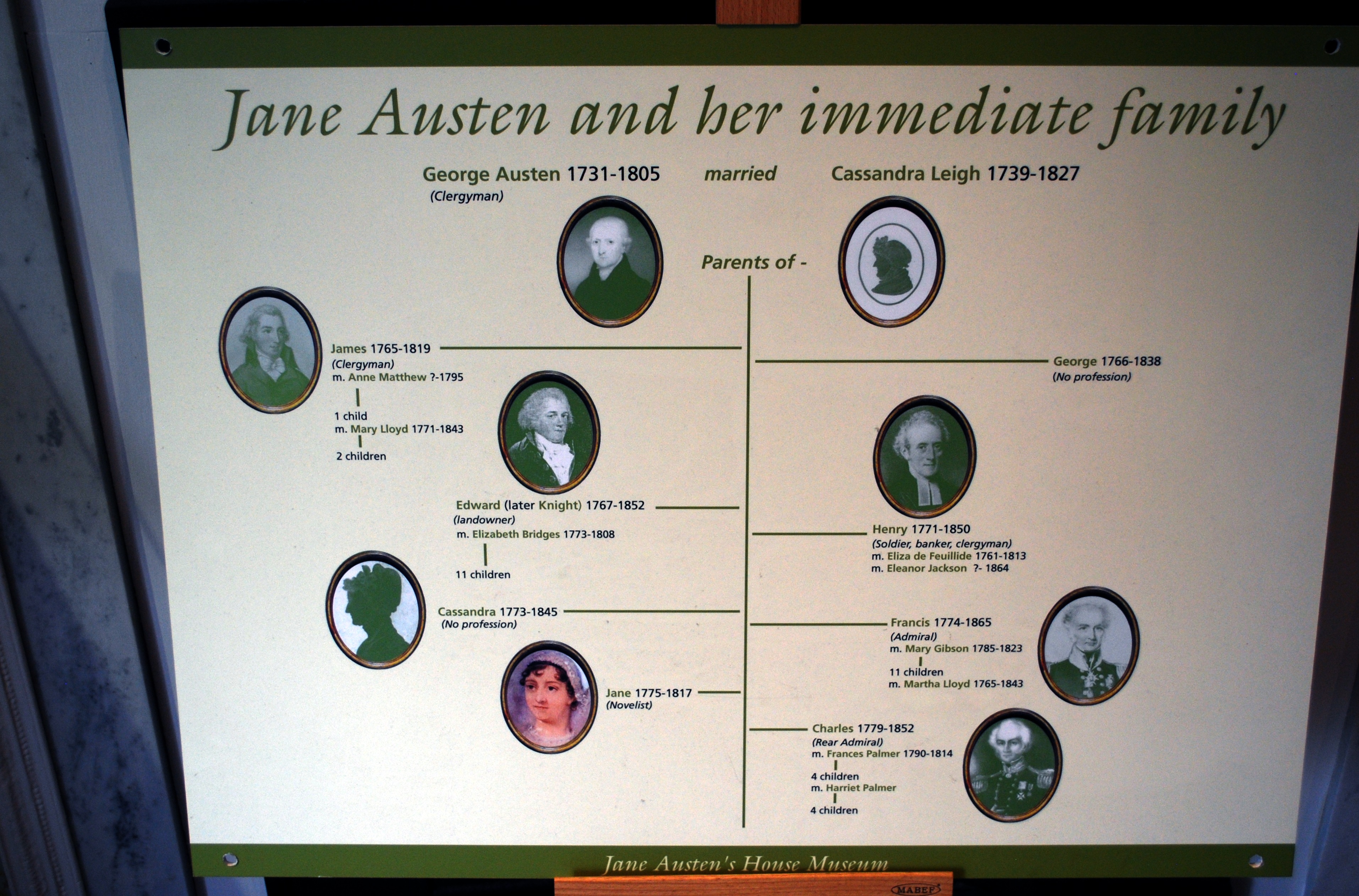
-Second reading: Oct 14, 2017-
My next Austen rereading, almost 10 years after the first. Back then this was my first Austen, and I must've skipped the introduction to this edition as it now reveals new layers to the story to me.
At first glance this novel appears to be a parody of classic gothic literature centered around a girl, Catherine Morland, who gets carried away by her wild imagination due to the influence of her favorite gothic novels. But the parts where she entertains suspicions of murder and captivity in an old abbey actually only take up around 5 chapters or a third of the novel's 2nd volume, hardly the main point of the entire book.
In fact, we will later see that Catherine is not entirely wrong in harboring negative thoughts about a certain character (the hero's father, General Tilney, may not have murdered his wife or imprisoned her in a dungeon, but his villainous nature is revealed when he humiliates Catherine by rudely turning her out of his home after realizing she's not rich enough to marry his son), and she is actually not suspicious enough of others (she fails to comprehend the duplicity of her professed best friend Isabella Thorpe despite all signs blatantly pointing to that direction). In addition, some scenes that seem a world away from the dramatic overstatement of gothic novels, on a closer look, can have a more sinister interpretation. An example of this is the scene where Isabella and John Thorpe forcibly try to prevent Catherine from spending the day with the Tilneys, which mirrors abduction scenes common in gothic fiction.
Therefore, I tend to agree with the introduction that as a parody of gothic literature Northanger Abbey also reflects and pays homage to what it is parodying, instead of simply mocking or dismissing them.
Despite the novel being smarter than I initially gave it credit for, I was not as engaged in the main couple compared to other Austen couples. Henry Tilney is upright and honorable, although prone to sarcastic jokes about women's intellect, but I was more invested in hoping Catherine will see through fake friends and stand up to them than rooting for her and Henry to be together. The omniscient narrator who often intrudes the story to offer her own social commentary also lends an odd metafictional quality, with more telling than showing.
But I still enjoyed Austen's wit and rich use of irony, and I couldn't help appreciating a heroine who turns to novels for small talk and confesses that she can hardly think of men while she's engrossed in her favorite novels: "I do not pretend to say that I was not very much pleased with him; but while I have Udolpho to read, I feel as if nobody could make me miserable."
Of the other stories contained in this edition, I think I'll skip The Watsons and Sanditon as they're rough unfinished drafts. I might read Lady Susan as it's mostly finished but if I do I'll count it as a separate novella, simply because I can.
-First reading: Jan 1, 2008-
Have shelved the shorter stories (Lady Susan, The Watsons, Sanditon) for later reading.

 Log in with Facebook
Log in with Facebook 





























